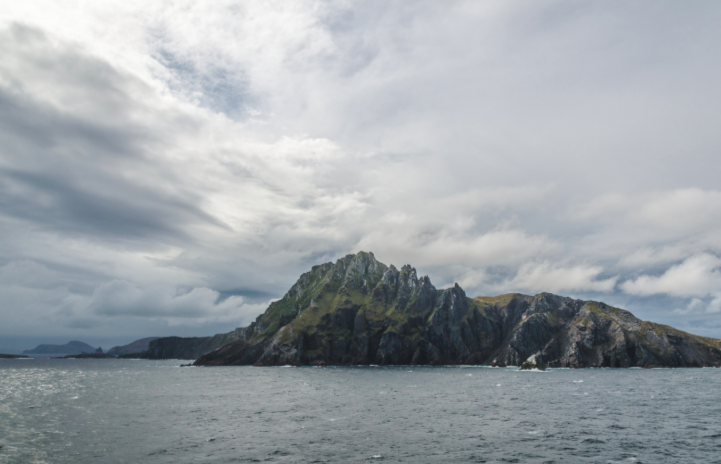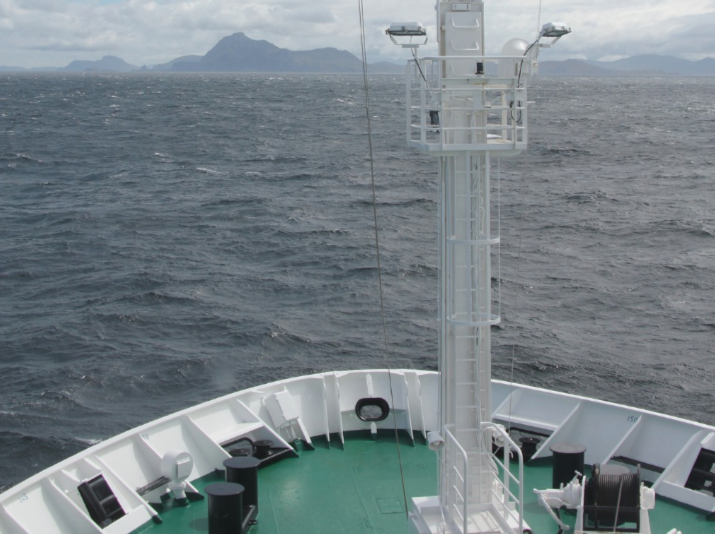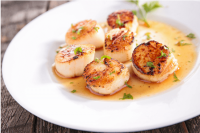Many scientists say that we know more about outer space than the depths of our oceans. The Atlantic and Pacific Oceans are the two largest seas on the planet, covering half of the Earth’s surface. Together, they make up the planet’s largest habitat. Scientists are unsure as to how many species live in the oceans’ depths, but estimates suggest there are between 700,000 and one million types of marine life – with over 91% remaining unclassified. With so many mysteries about our oceans yet to be solved, they continue to fascinate scientists and geographers everywhere. However, for those of us who aren’t experts, there’s one question we often ask – where do the Atlantic and Pacific Oceans meet? How are they distinguishable? Surely they just mix?
So, where do the Atlantic and Pacific Oceans meet?

If you’ve always asked yourself “where do the Atlantic and Pacific oceans meet?”, then your search is over – they meet at Cape Horn. This rugged headland lies at the southernmost point of Tierra del Fuego, an archipelago at the very tip of South America. The cape is notoriously difficult to navigate, with rough currents, strong winds, and unpredictable weather. For centuries sailors didn’t dare to try and navigate Cape Horn, until Dutchman Jacob le Maire managed to circumvent the cape in 1616. Now, larger, more modern vessels can navigate these remote waters, enabling passengers to see Cape Horn’s seal and penguin colonies.
OK, so we know where the oceans meet – but how can you tell the difference?
According to topographers, the line that marks the border between the Atlantic and the Pacific Ocean runs straight between Cape Horn and Antarctica. This narrow body of water is called the Drake Strait, after the Elizabethan explorer, Sir Francis Drake. To the naked eye, however, you couldn’t tell the difference between the two bodies of water. Much in the same way that borders between countries are essentially imaginary, so are borders between oceans.
However, videos like this one have been circulating online for some time. The video shows a clear division between deep blue and dark green ocean waters. The caption claims that this phenomenon shows exactly where the Atlantic and Pacific Oceans meet. However, since this video was posted, experts have done some myth-busting. Apparently, what this video actually shows is sediment-rich water from glacial rivers flowing out into the Gulf of Alaska – hence the marked difference in color.
Do the Atlantic and Pacific Oceans mix?

Now we’ve covered “where do the Atlantic and Pacific Oceans meet?” we can move onto something a little more technical – the question of whether or not they mix. This may seem like an odd proposition – after all, they are both water, so surely they mix? However, it’s not quite that simple. Due to the different densities and currents of the two oceans, they don’t disperse together calmly and evenly. The Atlantic Ocean is saltier than the Pacific, which makes the water denser. Furthermore, Cape Horn marks the point where two ocean currents collide. Together, the different densities, currents, and temperatures create the rough sea that makes Cape Horn famous. So, although the two oceans do mix – as liquids do – it’s not all plain sailing.
No comments yet
There are no comments on this post yet.






Leave a comment